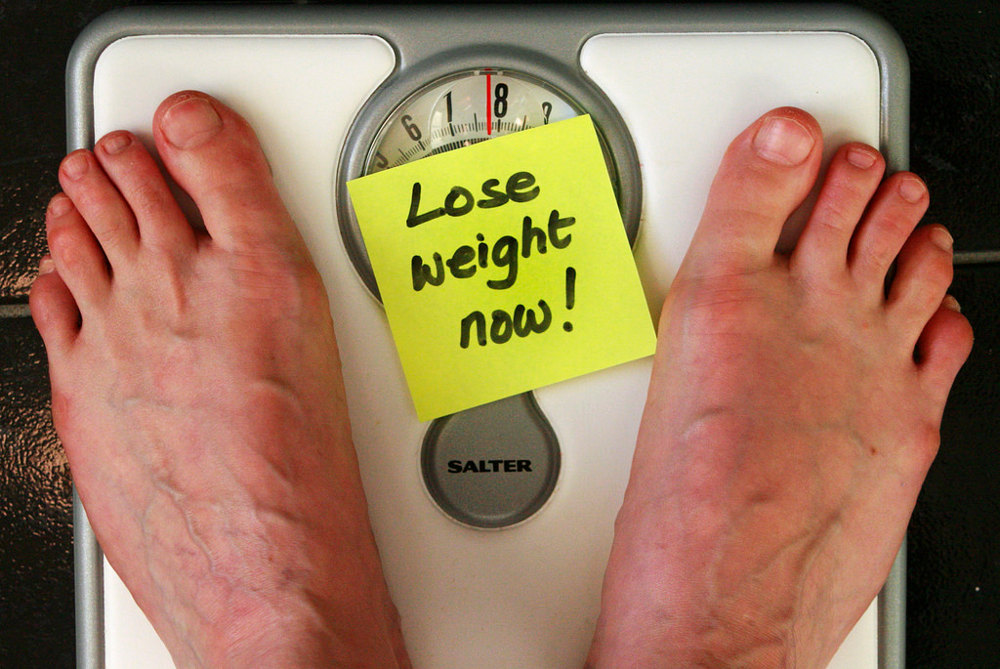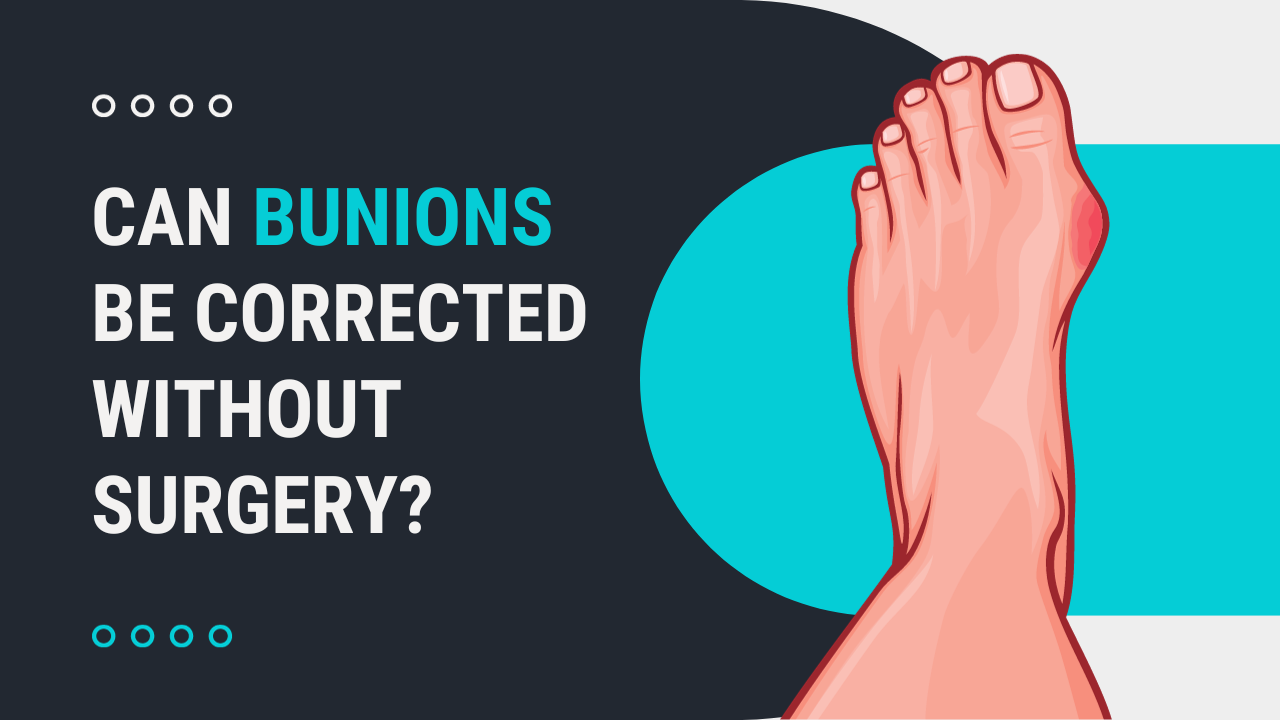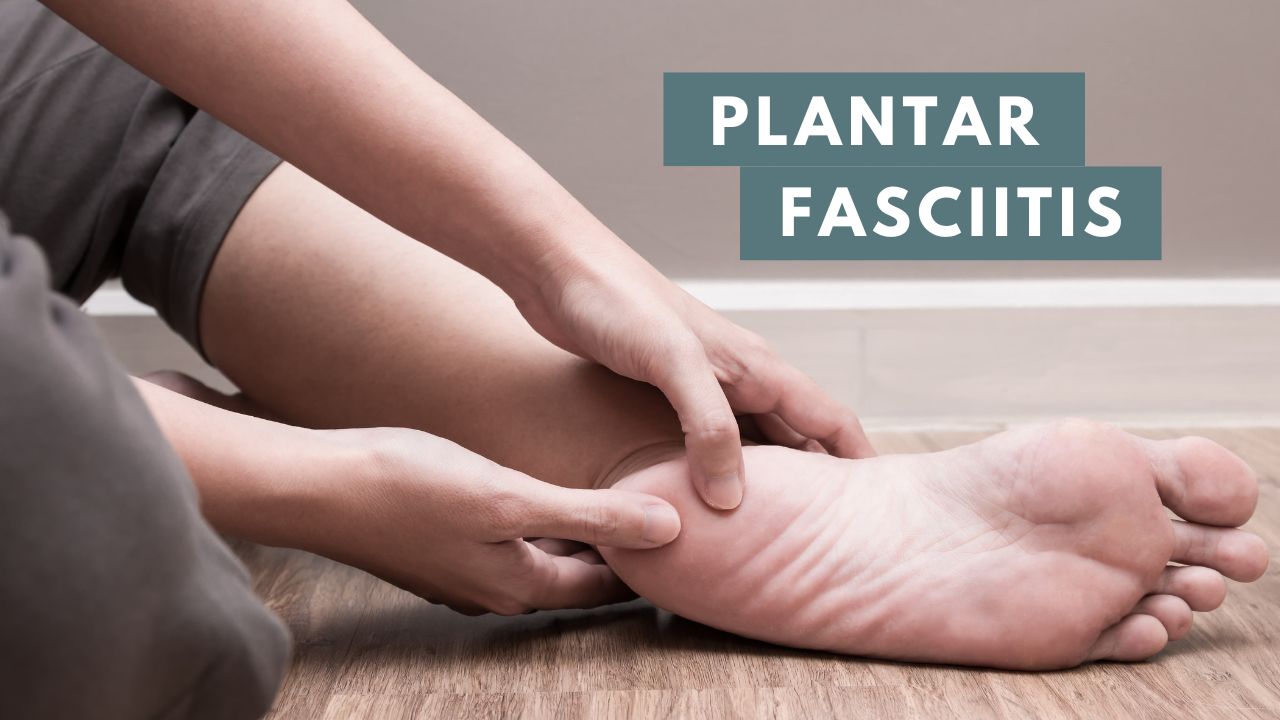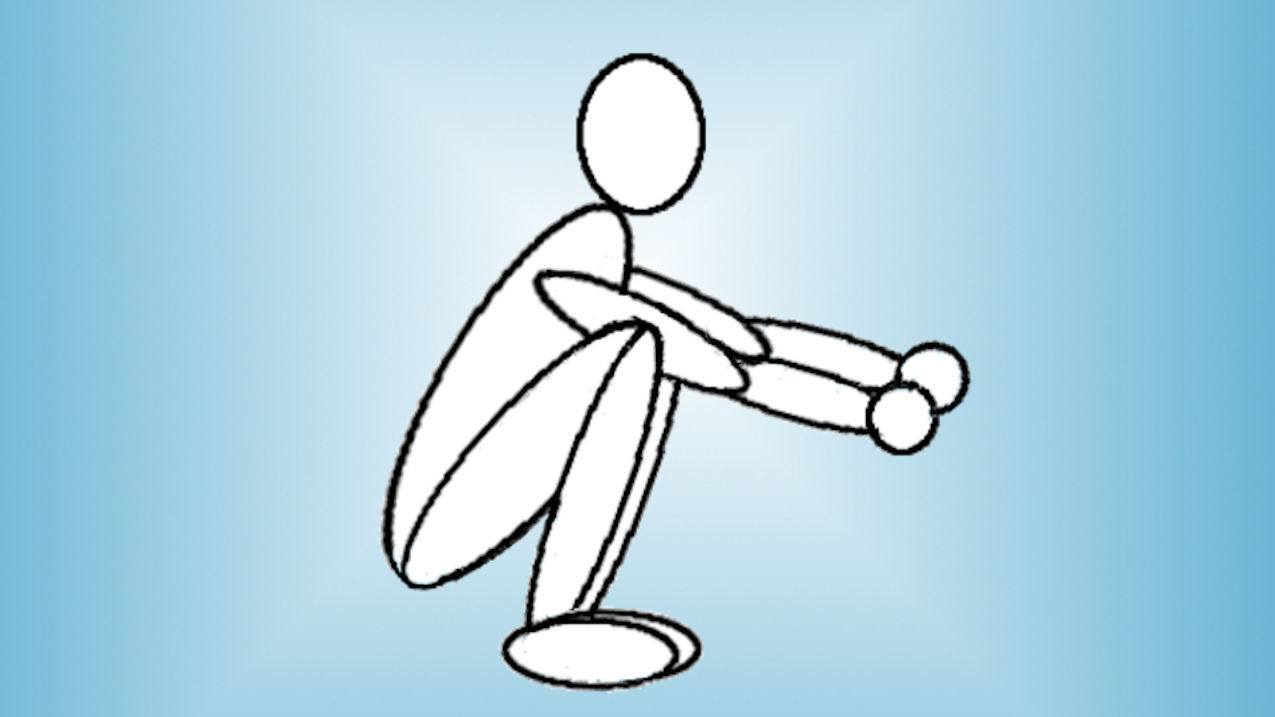A low or flat arch has been associated with increased body weight or BMI. Weight reduction has also been shown to result in thinner feet. Of all the possible factors that contribute to flat feet, body weight may be one of the most difficult to control. In this post, I want to share some thoughts on what effect being overweight has on the arch of the foot.
I don’t think to be overweight always causes excessive pronation or flat feet, but it does factor into the stresses on the foot. As a kid, I was never really overweight. But I wasn’t skinny either. Sometimes I wonder how this might be related to me not developing arches when I was young.
The Arch Shape
Let’s think of the arch of the foot as a bridge. The basic structure of the foot is formed by the shapes of the bones. The bones connect together is a way that allows them to provide a strong foundation for supporting the forces coming down from above. The arch shape helps evenly distribute forces through the foot while also allowing tendons, nerves, and blood vessels to pass on the underside of the foot.
The basic structure of our foot “bridge” is reinforced by the ligaments and connective tissue that tie the bones together. These ligaments provide resistance to the bones separating.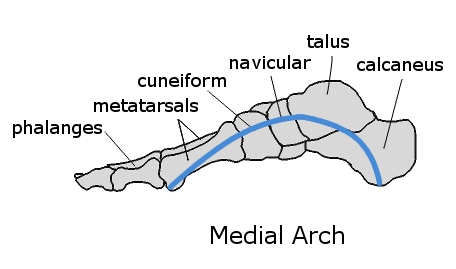
The bones and ligaments by themselves only form the basic structure or shape of the arch. Feet generally need to be both strong and flexible. We need the arch to be rigid at times to support us, but we also want the foot to be able to move and adapt to different surfaces and provide shock absorption. This is where muscles factor in.
There are many muscles in the foot and around the ankle that work to both support the arch when we are standing and to raise and lower the arch as we move.
The muscles that connect in and around the arch have the ability to lock and unlock the bridge. When we want the foot to be a rigid lever to push-off from the muscles work to hold the arch up–locking together the bones of the foot. When we land on our foot we want shock absorption so our muscles allow the bridge to flex to lessen the impact.
The Effect of Weight On The Arch
The direct way being overweight affects the arch is clear. The more weight we carry, the harder the arch needs to work to hold its shape. The ligaments and muscles holding the shape of the arch need to be strong enough to withstand the forces coming down through the leg.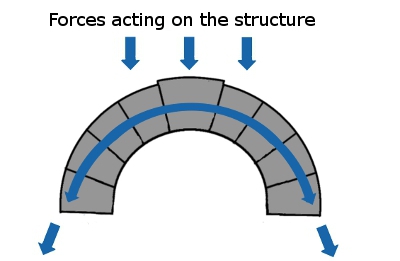
So a lower arch may be an adaptation to support the extra weight. How weight is distributed on the body may also be a factor.
For example, if weight is focused more toward the front, the body may make adjustments in the way we stand to keep balanced.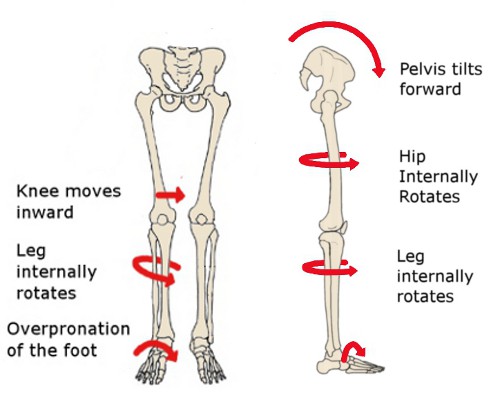
These changes can be similar to what happens when a person has an anterior pelvic tilt. Basically, the pelvic tilts forward which then causes the leg to rotate inward. This inward rotation of the lower leg may then put more pressure on the arch to collapse.
Extra weight may also result in walking with a wider stance with their feet angled out. This position could also potentially reduce the ability of the arch to maintain its shape.
The Takeaway
There is evidence to suggest body weight may affect the height of the arch — at least for some people. I’ve never been very heavy and my BMI has been in the normal range since my teenage years. As a child, I was slightly overweight and this may have contributed to my flat feet.
I’ve never noticed any change in my arch height with losing weight, however. The way I fixed my flat feet was through a program of stretching, strengthening exercises, and gait retraining. It’s possible keeping a healthy weight helped with the process, but it certainly wasn’t sufficient on its own to rebuild my arches.
Photo by Alan Cleaver/CC BY 2.0
References
- Butterworth PA, Landorf KB, Gilleard W, Urquhart DM, Menz HB. The association between body composition and foot structure and function: a systematic review. Obesity Reviews. 2014 Apr 1;15(4):348-57.
- Adoracion Villarroya M, Manuel Esquivel J, Tomás C, Buenafé A, Moreno L. Foot structure in overweight and obese children. International Journal of Pediatric Obesity. 2008 Jan 1;3(1):39-45.
- Dunn J, Dunn C, Habbu R, Bohay D, Anderson J. Effect of Pregnancy and Obesity on Arch of Foot. Orthopaedic Surgery. 2012; 4 (2): 101-4.
- Woźniacka R, Bac A, Matusik S, Szczygieł E, Ciszek E. Body weight and the medial longitudinal foot arch: high-arched foot, a hidden problem?. European journal of pediatrics. 2013 May 1;172(5):683-91.
- Zhao X, Tsujimoto T, Kim B, Katayama Y, Wakaba K, Wang Z, Tanaka K. Effects of increasing physical activity on foot structure and ankle muscle strength in adults with obesity. Journal of Physical Therapy Science. 2016;28(8):2332-6.
- Zhao X, Tsujimoto T, Kim B, Katayama Y, Ogiso K, Takenaka M, Tanaka K. Does Weight Reduction Affect Foot Structure and the Strength of the Muscles That Move the Ankle in Obese Japanese Adults?. The Journal of Foot and Ankle Surgery. 2018 Mar 1;57(2):281-4.
